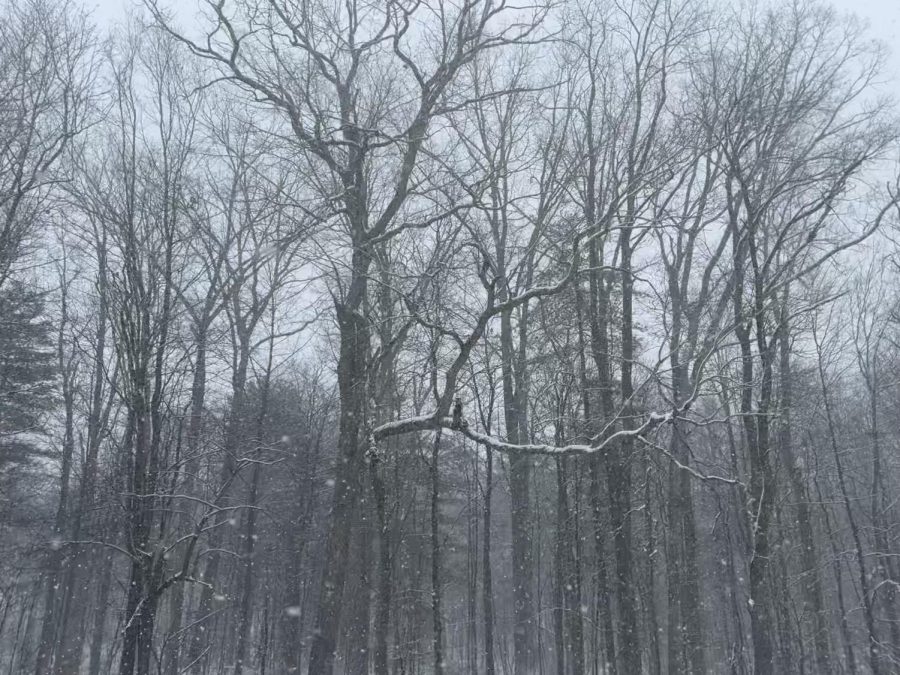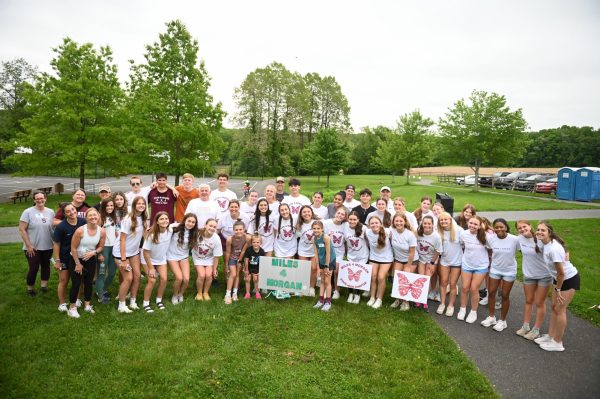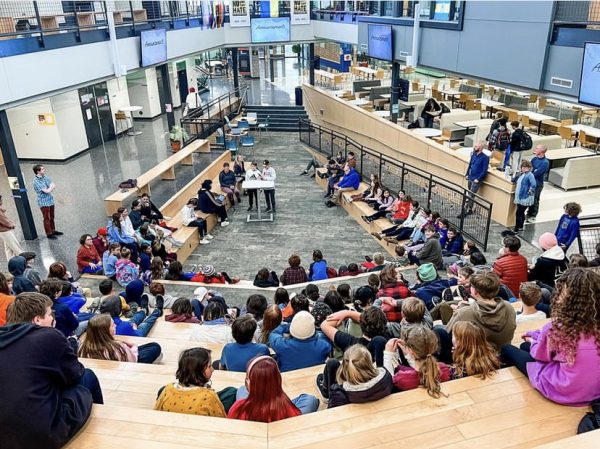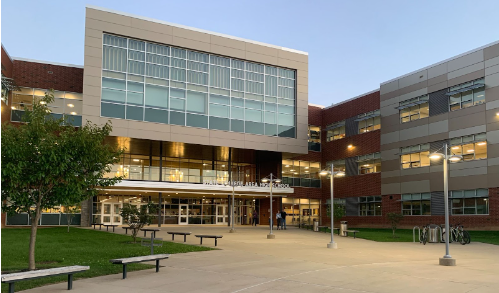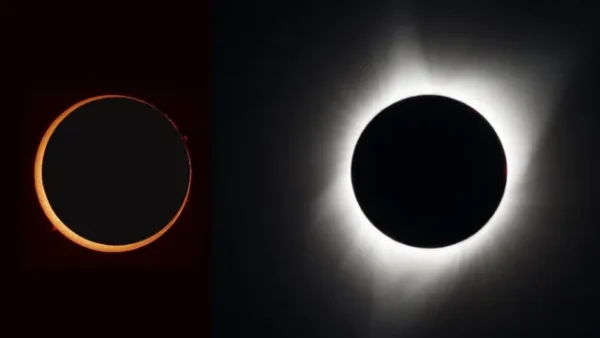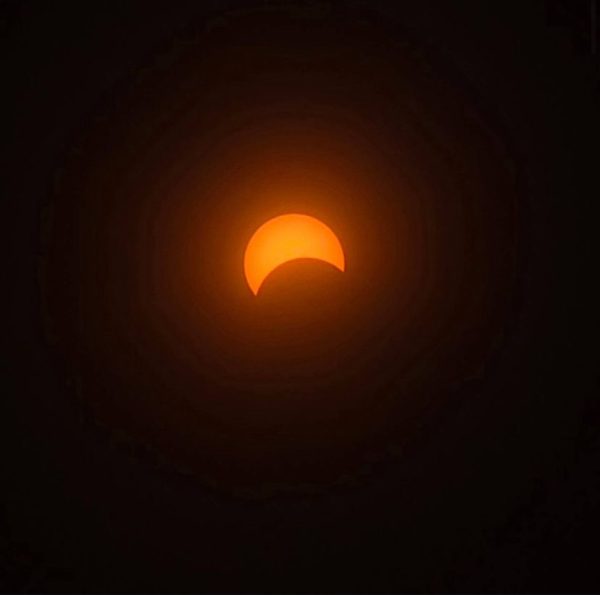Why the Weird Winter Weather?
Snow falls in State College, PA on January 25th. Within a few days, all the snow had melted.
February 5, 2023
This winter, many residents in State College have noticed a constant dreary weather. Temperatures have been in the single digits, jumping to the 50s the following week. These weather inconsistencies are seen as a part of the larger picture of climate change. As climate change becomes more of a threat to the world, the effects on the weather are increasing.
The past two winters, along with this winter, have been a part of a weather pattern known as “La Niña”. This is the cooling of ocean surfaces in the central Pacific Ocean, leading to normal to dry winters in the Northern United States, including Pennsylvania. La Niña typically occurs once every three to five years, so this pattern, known as the triple dip, is exceedingly rare, having only ever been documented five times.
Long-term shifts in weather are becoming more apparent as the impact of climate change becomes more and more prevalent. Man-made climate change has led to an overall increase in global temperatures, as well as an increase in seasonal temperatures. Extreme high and low temperatures are becoming more common, along with extreme droughts and heat waves. On the flip side, increased precipitation has also occurred, leading to heavier floods and dangerous storms. These changes affect us globally, but they are also noticeable on the local level.
State College winters are typically cold with daytime temperatures in the mid-30s, and evening temperatures in the teens and twenties. In the past 30 years, the average snowfall has been 43.8 inches, so residents are used to having decent amounts of snow during the winters. But, climate change is known to disrupt these normal weather patterns, leading to times of extreme highs and lows. This winter, both of these have occurred, with a storm bringing 3-4 inches, only for it to melt away in the following days.
State High environmental science teacher, Kim Faulds, elaborated on the connection between this abnormal weather and climate change. “There is always the question of is this weather just happening today or is this going to be a long-term trend for us,” Mrs. Faulds stated, “Typically we see a warming in January, but this year particularly has been unseasonable. We’re reaching in the fifties several times in January and now in February. Now we would have to look at our regional trends to see if this is just normal fluctuation or not, but across the nation were seeing increases in climate-related events. So we have to think that some of this is related to climate change.”
The local effects of this weather are not limited to long-term weather changes. Due to the recent snowstorming, SCASD has had two snow days so far this winter. At the same time, the overall lack of snow has had its share of effects. Students who participate in and enjoy winter snowsports are affected by the lack of snow sticking around.
“It is making the conditions at Tussey awful because all the snow is either melted or fake and therefore super icy. Just haven’t really seen a lot of good, fresh snow at Tussey for snowboarding,” junior Molly MacRae said.
It can be difficult to understand and deal with inconsistent weather, but it will only continue to grow in how it shapes people’s lives. Understanding the factors behind it, and recognizing climate change is one way to adapt to the changing world. With the future of the planet in mind, this is as important as ever.
“I think it’ll be something less like a theoretical thing and less like ‘climate change’ and more like this is just what is happening,” stated sophomore Ayla Marvasti. “And it may be harder to ignore,” she added.
The impacts of climate change are becoming difficult to overlook, especially as they affect the State College community this winter, but there are ways to respond to this. Incorporating environmentally friendly practices into daily life, such as using less electricity or using less warm water, are easy ways to reduce one’s individual environmental impact.

